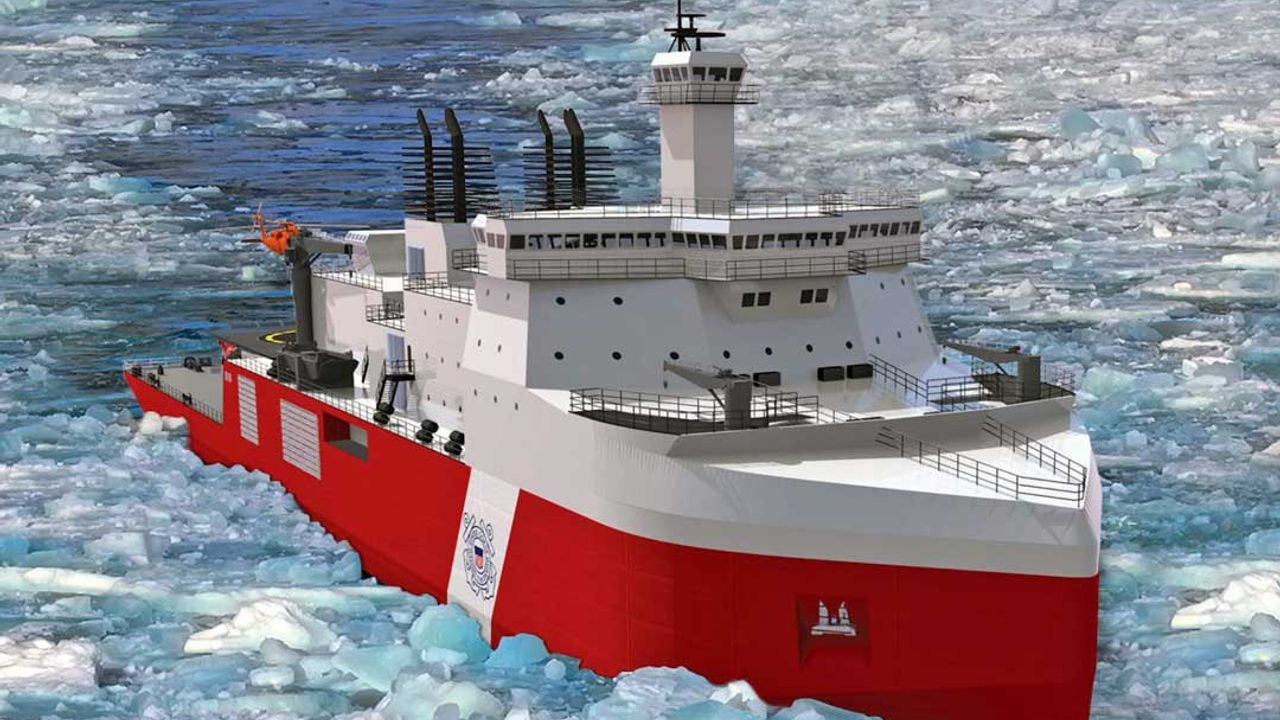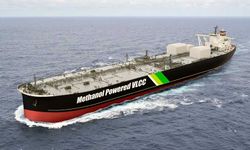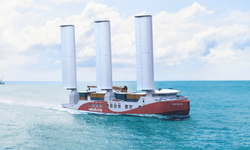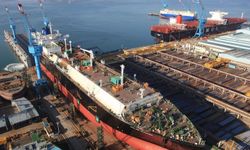The program has faced years of design delays and cost overruns, but the shipyard now asserts that the project is on a stable path forward.
The contract modification supports the Detail Design and Construction phase of the first vessel and is structured as a Fixed-Price-Incentive-Firm Target (FPIF) contract, aimed at keeping costs under control. The project has been heavily scrutinized by Congress and the Congressional Budget Office (CBO), with past management issues being a key concern. A Congressional report previously identified significant design flaws, and poor oversight was cited as one of the reasons for the removal of Admiral Linda Fagan as Commandant of the U.S. Coast Guard in January.
Bollinger Shipyards took over the project in 2022 after acquiring the VT Halter shipyard, which had initially been awarded the contract. Since then, Bollinger reports a 61% increase in its Mississippi workforce and a 178% rise in production roles at its shipyard. The company says the latest contract modification will support operations at its Mississippi facility, with additional contributions from shipbuilding and engineering sites in Massachusetts, Illinois, Virginia, Georgia, and Louisiana.
The first Polar Security Cutter, now named Polar Sentinel, is expected to be completed by May 2030—six years later than originally planned. The project is also experiencing cost increases, with the latest Congressional estimate placing the cost of the first vessel at $1.9 billion, compared to the original estimate of $1.3 billion. The CBO has projected that the second and third vessels will cost around $1.6 billion each, bringing the total estimated cost of the program to over $5 billion.
Due to the delays, the U.S. Coast Guard has maintained its aging icebreaker fleet with life extension programs. The heavy icebreaker Polar Star, commissioned in 1976, recently completed its 49th mission to Antarctica. The medium icebreaker Healy, commissioned in 1999, suffered an engine failure in 2020 and was recently sidelined due to an engine room fire. To address the shortfall, the USCG has acquired an icebreaking anchor handler from Edison Chouest Offshore, built in 2012, which is set to enter service as USCGC Storis by 2026.
The Coast Guard and Navy Integrated Program Office received approval in December 2024 to proceed with full-scale construction of the first Polar Security Cutter. Bollinger has already cut steel for several prototype modules and continues to advance the project. Congressional leaders have emphasized the urgency of the program, given the increasing demand for U.S. icebreaking capabilities in polar regions.






